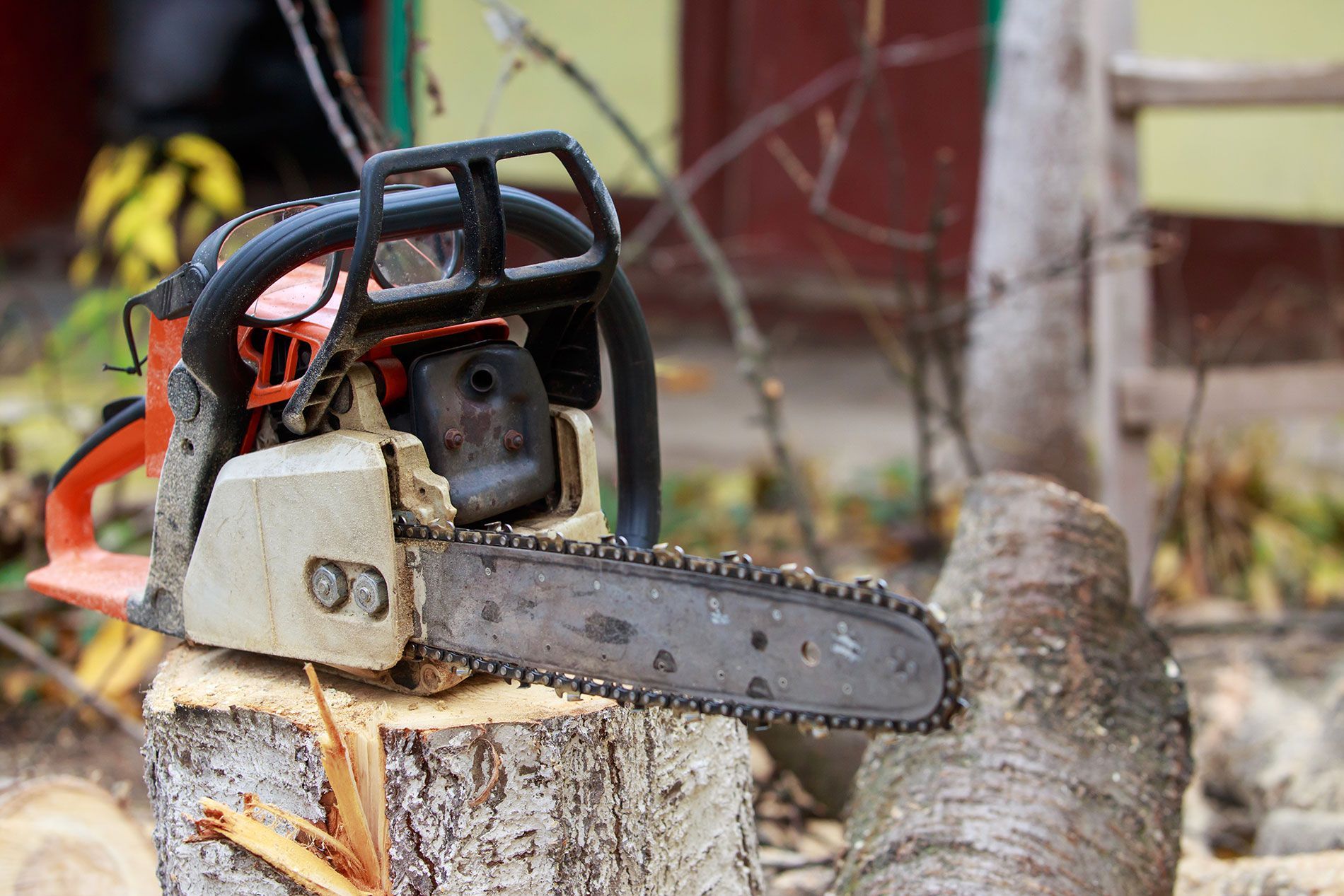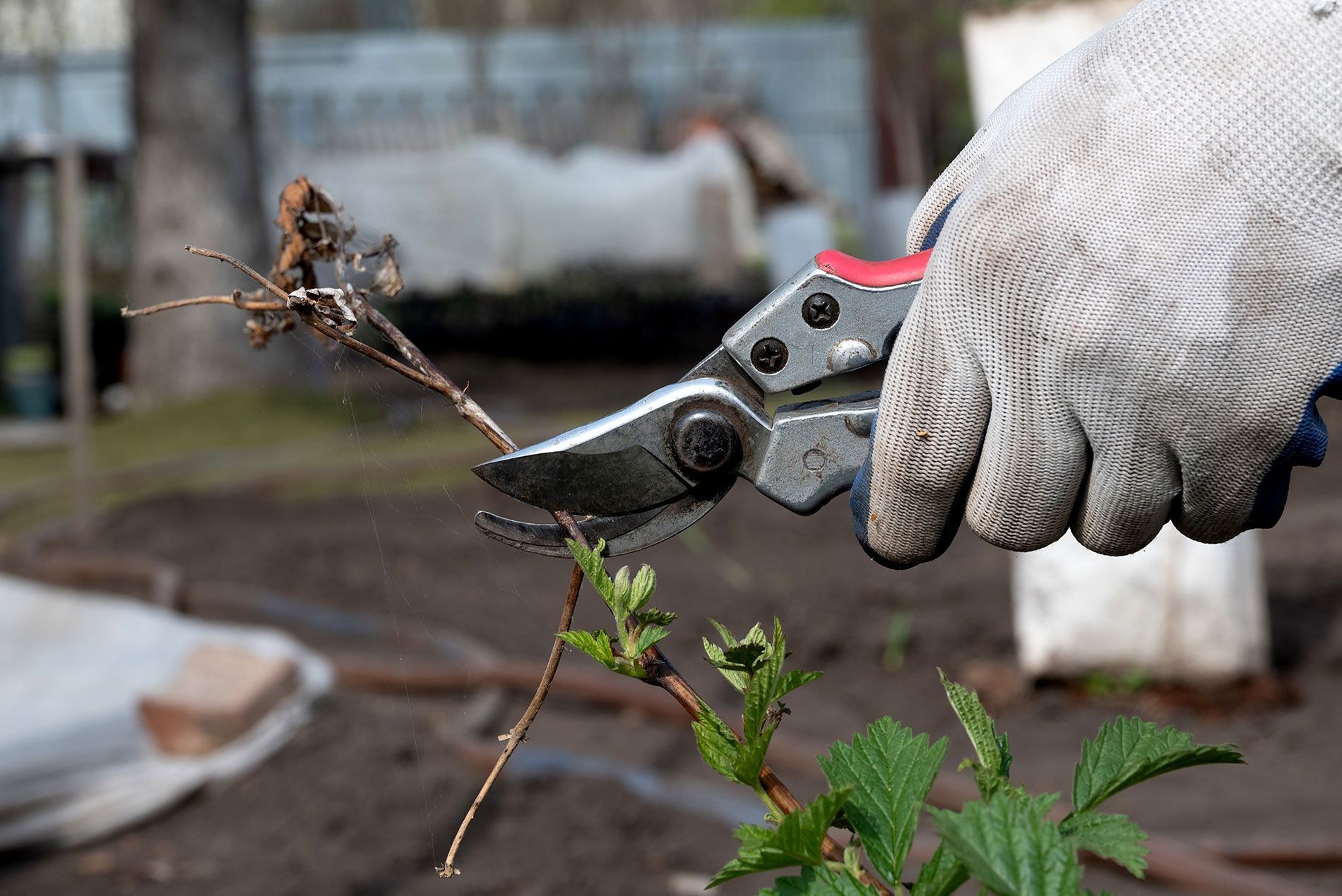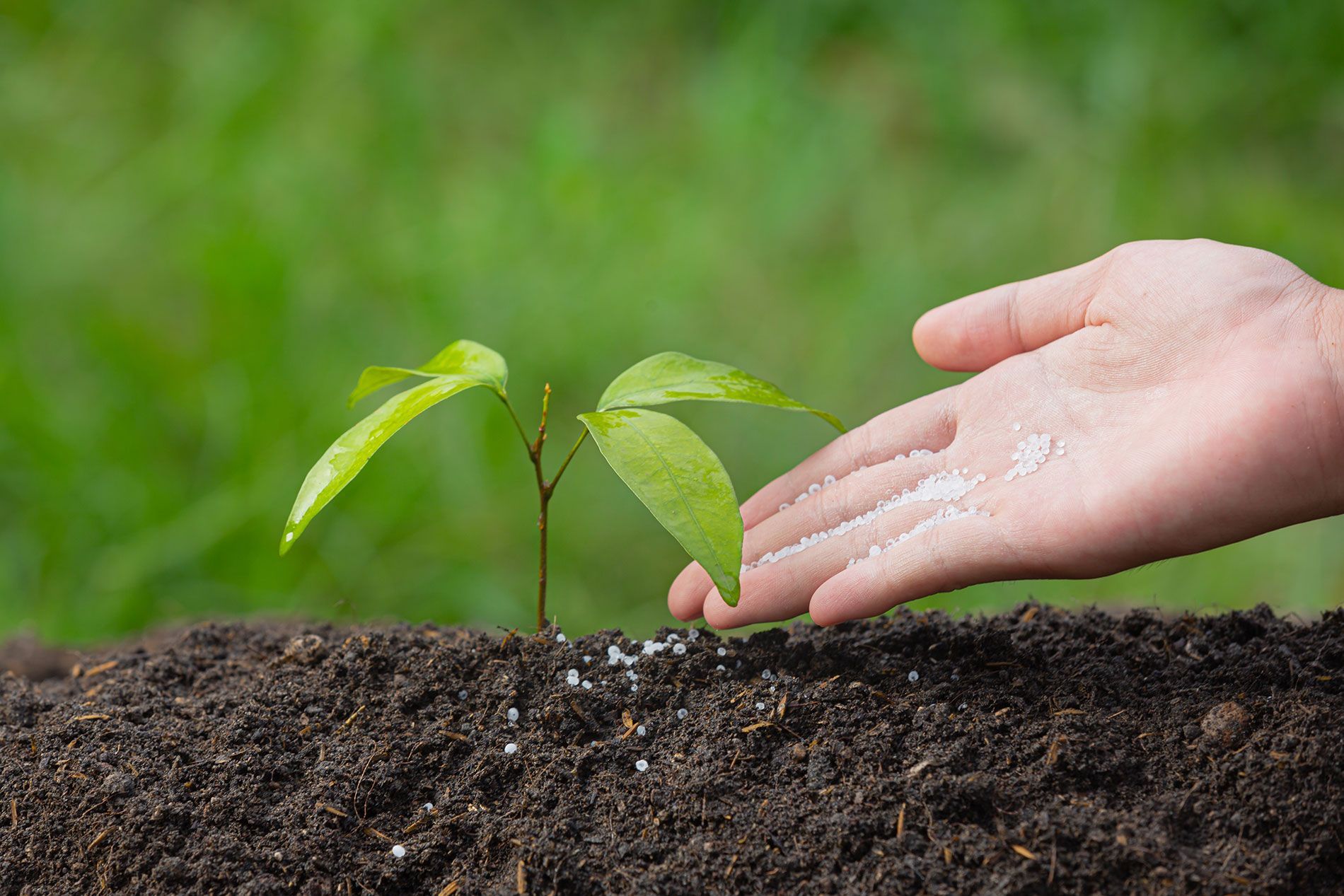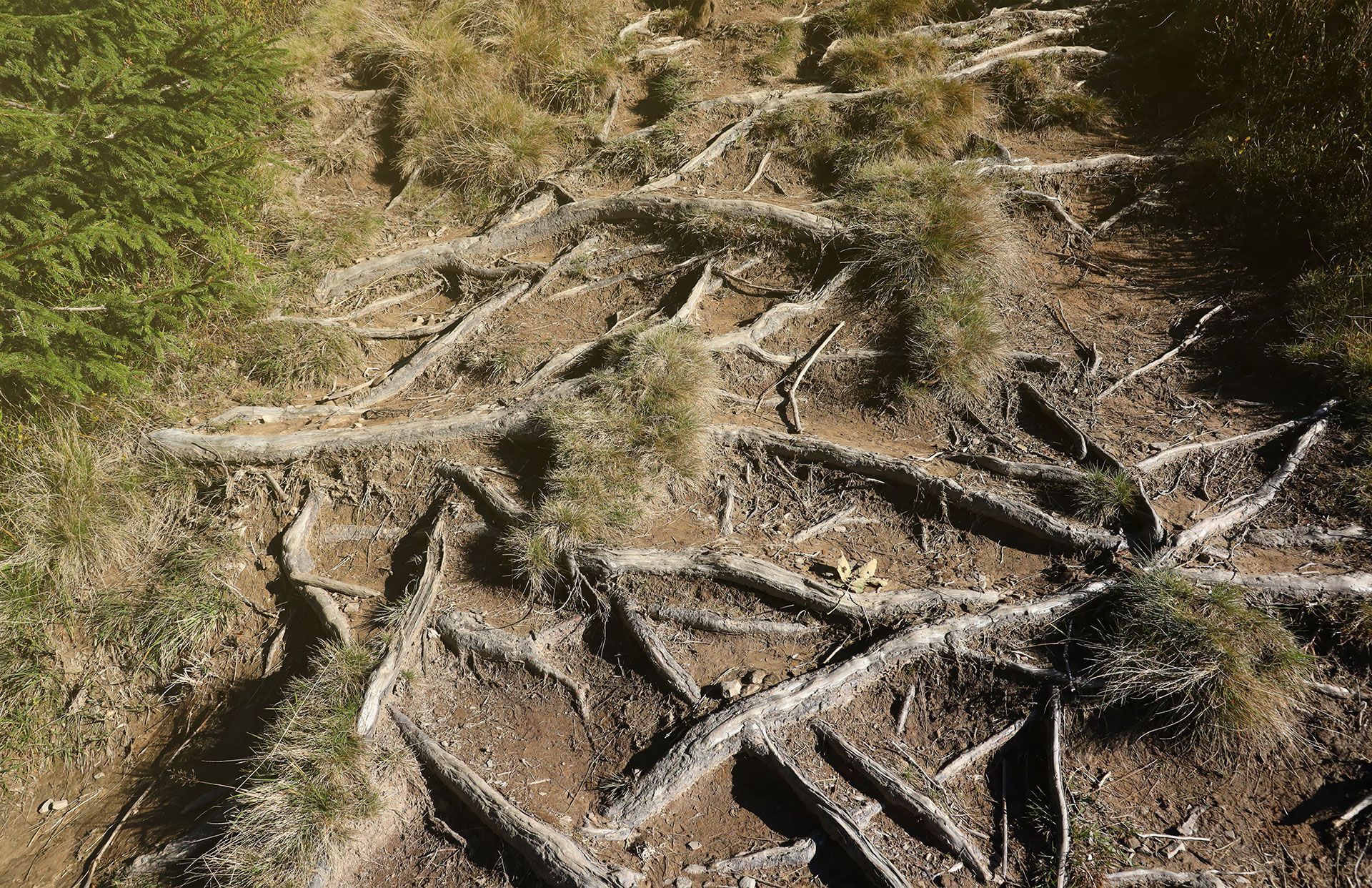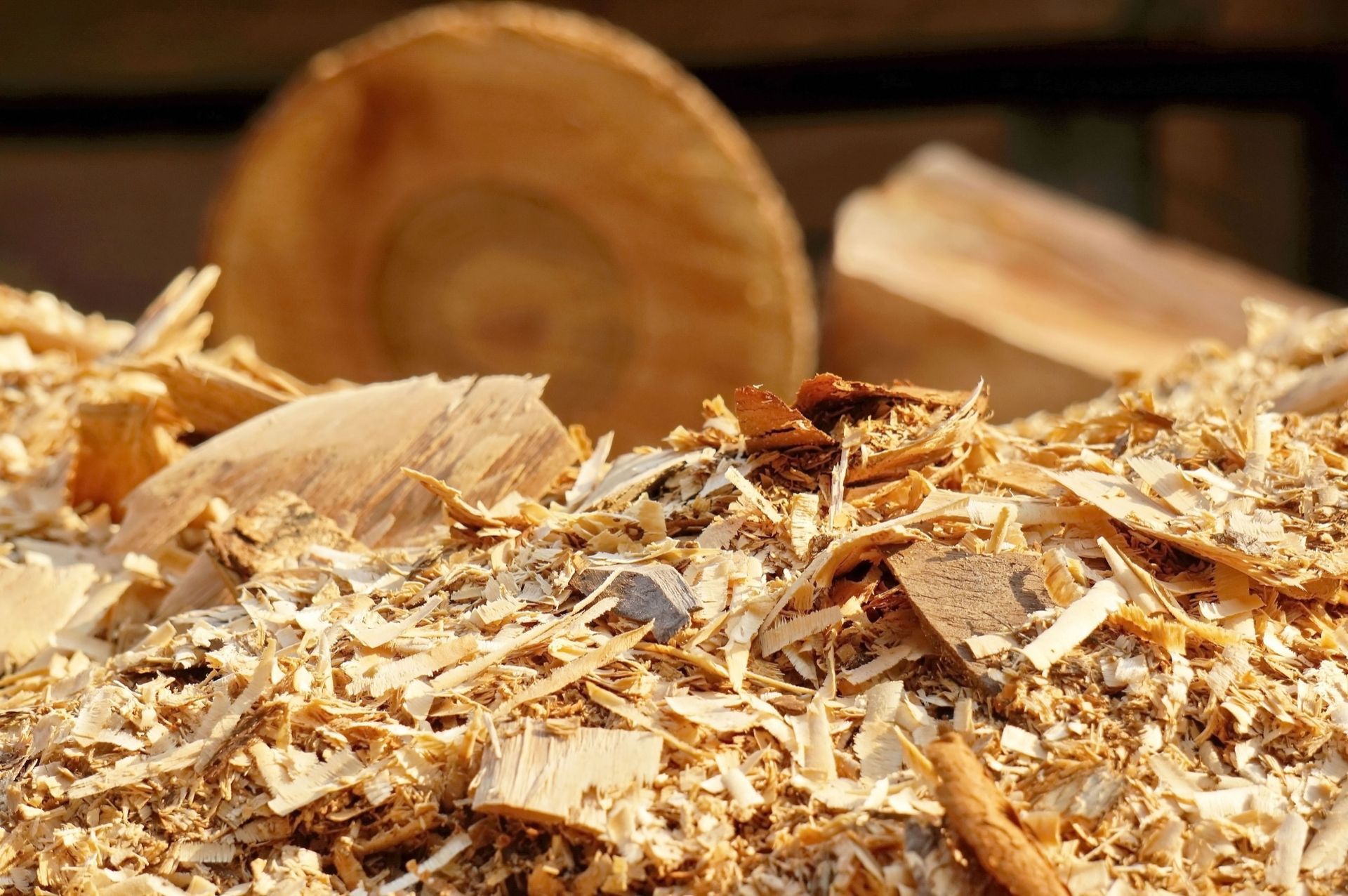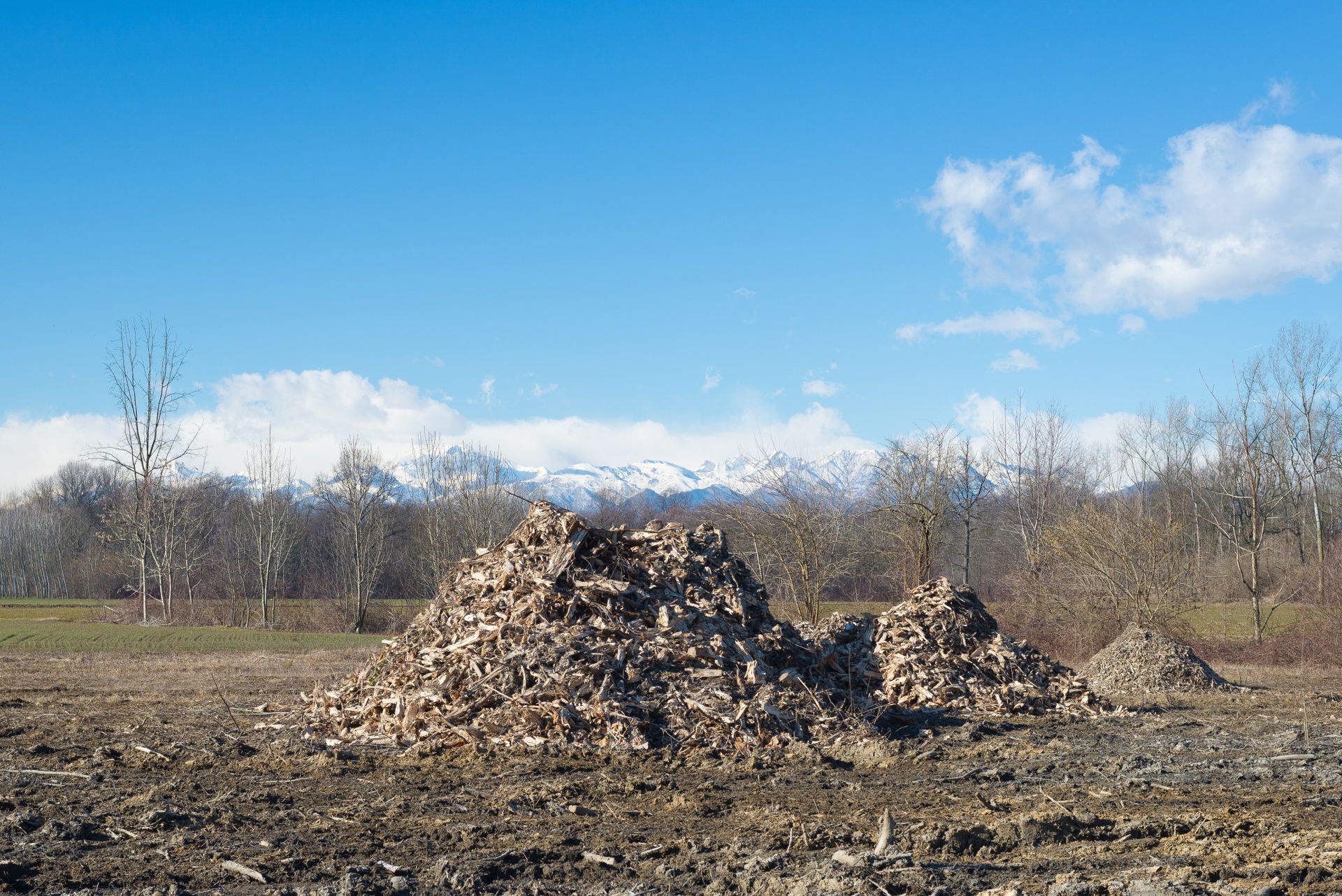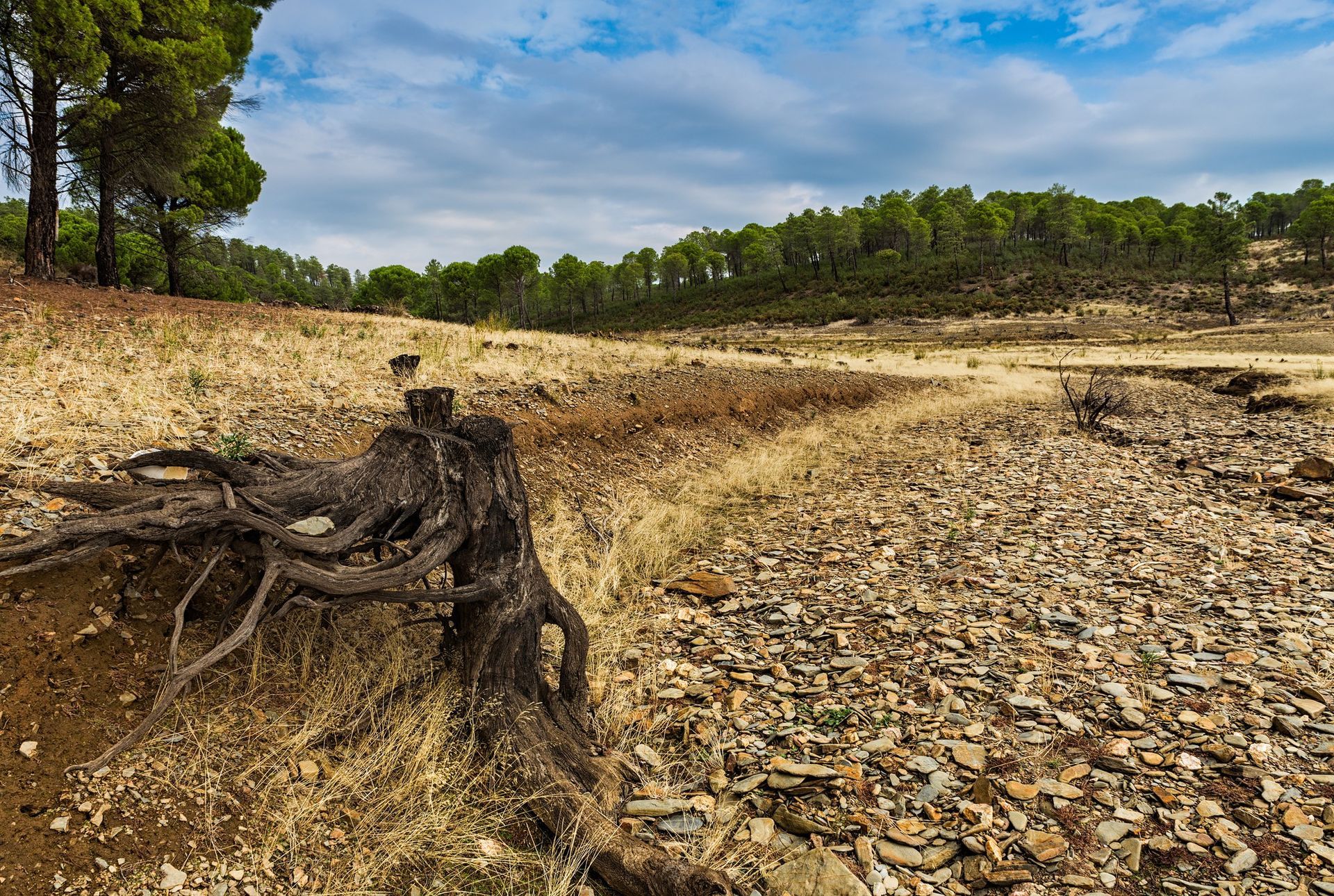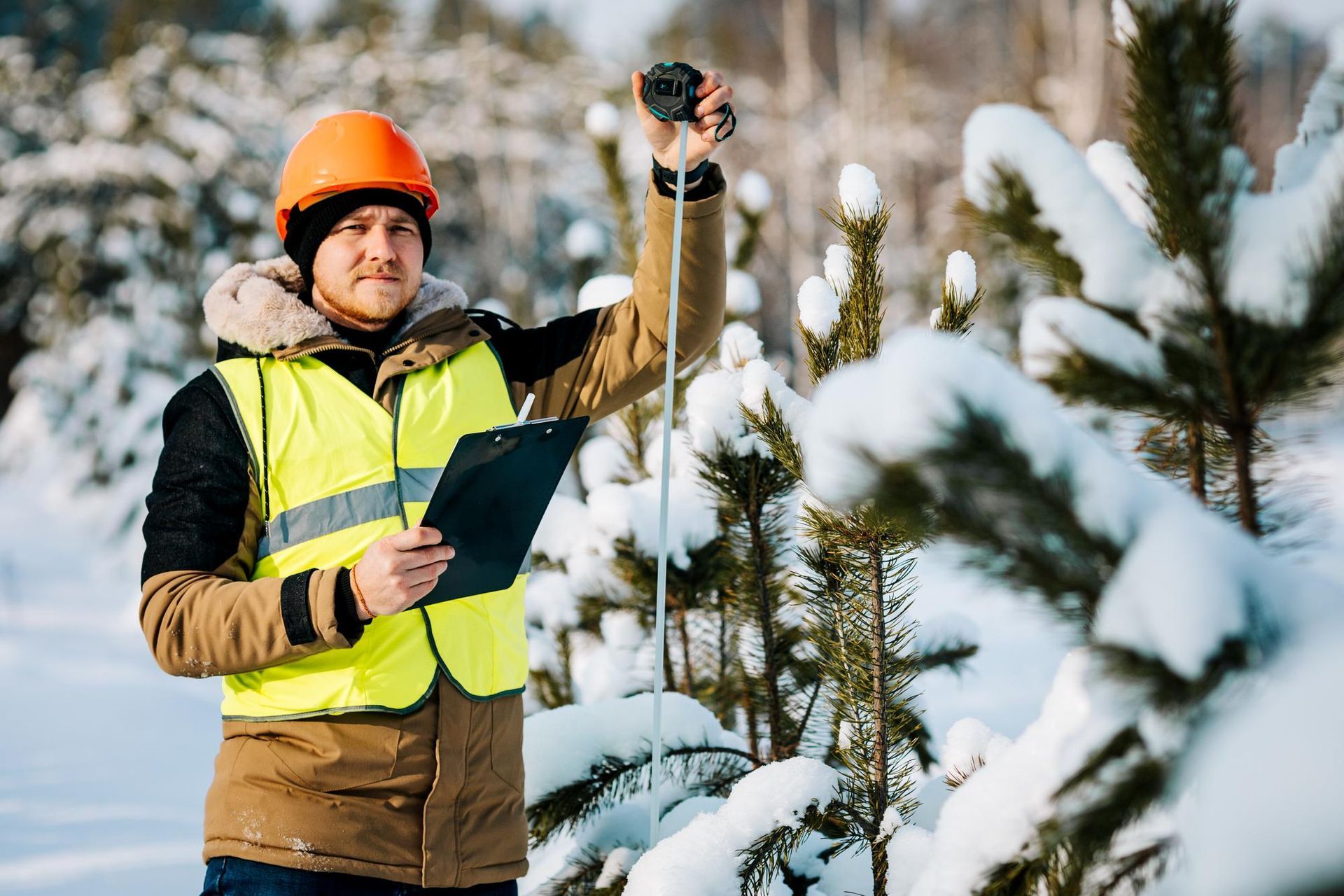Local Tree Stump Removal: More Than Just a Yard Clean-Up
If you've ever walked through your garden and tripped over an old tree stump, you know just how annoying they can be. They are not just unpleasant to look at, but they also pose a potential hazard in your yard. You might think that tree stump removal is just a part of yard clean-up, but there's much more to it. It's about safety, aesthetics, and overall garden health.
The Invisible Threat
Aesthetically, an old tree stump can be an eyesore that detracts from the overall beauty of your landscape. But more importantly, stumps can pose several threats that aren't immediately visible to the naked eye.
For starters, tree stumps can be a
safety hazard, particularly if you have children or pets. They may trip over these stumps and get injured. Additionally, stumps can damage your lawn mower if you accidentally hit one while mowing.
In addition to this, tree stumps can be a magnet for pests. They may attract termites, ants, beetles, and other wood-boring insects. If left unchecked, these insects can spread to your home, causing significant damage that's expensive to repair.
Tree Stump Removal and Garden Health
When a tree is cut down, the roots remain alive for some time, continually trying to send up new shoots. Over time, as the stump and roots gradually decay, they can rob the surrounding soil of essential nutrients, adversely affecting the health of your garden.
By removing the tree stump, you can prevent new tree growth and pest infestations. This will free up nutrients in the soil for other plants and enhance overall garden health.
Hiring Local Services
When you decide to hire a local tree stump removal service, it's important to do some research first. Look for services that have positive reviews and a strong reputation in your community. Ask for recommendations from neighbors, friends, or family who have had similar work done. Once you have a few potential options, reach out to these services for a quote. During this process, ask about their removal methods, whether they offer cleanup services, and how they handle tree stumps.
The process of hiring a local service can be broken down into a few key steps:
- Research: Find local tree stump removal services in your area. Use online resources, local directories, and personal recommendations to create a list of potential services.
- Get Quotes: Contact the services on your list and request a quote for the removal of your tree stump.
- Check Credentials: Before hiring, make sure the service is fully licensed and insured. This is important to protect you from any potential liabilities during the removal process.
- Confirm Details: Ensure you understand what the service entails. Will they grind the stump below ground level? Will they clean up and remove the debris after the job? Will they fill the hole with topsoil and sow it with grass seed?
- Hire: After considering all these factors, make your decision and schedule the removal.
Why You Should Hire Local Services
Hiring local tree stump removal services comes with a host of benefits.
- Expertise and Equipment: Tree stump removal is not a simple task. It requires knowledge, skill, and the right equipment. Local professionals have the necessary training and tools to carry out the task efficiently and safely.
- Time and Energy Saving: Attempting to remove a tree stump by yourself can be a time-consuming and labor-intensive task. Hiring professionals can save you this time and effort, letting you focus on other tasks.
- Cost-Effective: While there might be a cost associated with hiring professionals, it can actually be more cost-effective in the long run. DIY methods can require renting expensive equipment and may result in damage if not done correctly. Professionals can mitigate these risks.
- Local Knowledge: Local services have a deep understanding of the local ecosystem, which can be invaluable. They understand the types of trees common to the area, the soil characteristics, and local pests, which can influence the removal process and subsequent garden care.
- Regulatory Compliance: Local services are familiar with local regulations and guidelines related to tree removal and will ensure that all work complies with these regulations, saving you potential fines or legal trouble.
Benefits of Local Tree Stump Removal
Hiring local services for tree stump removal offers a multitude of benefits. It goes beyond simply getting the job done and taps into contributing to your community, receiving tailored services, and fostering sustainable practices.
- Supporting Local Economy
One significant advantage of hiring local services is the contribution you make to your local economy. When you opt for local businesses, you help create jobs in your community and stimulate local economic growth. Local services are often small businesses that rely on the patronage of their community to thrive, and by hiring them, you're helping to support these local entrepreneurs.
- Quick and Reliable Service
Because local services are based in your area, they can often respond and deliver services faster than larger, more distant companies. This means you can get that unsightly stump removed quickly. Furthermore, local services depend heavily on their reputation within the community to garner business, so they are likely to provide reliable, high-quality service.
- Personalized Service
Local tree stump removal services are more likely to go the extra mile to ensure customer satisfaction. Being locally based, they often provide a more personalized service, taking the time to understand your specific needs and circumstances. They are familiar with the local landscape, including the common tree species, soil conditions, and local pest issues. This allows them to give you tailored advice and services that a larger, impersonal company may not offer.
- Knowledge of Local Regulations
Different regions may have specific rules and regulations regarding tree and stump removal. Local service providers are typically well-versed in these regulations, ensuring that the job is done legally, thereby saving you potential fines or penalties.
- Sustainable Practices
Local tree stump removal services often employ sustainable practices, such as turning the removed stump into mulch that can be reused in your garden. This not only aids in your garden's health but also reduces waste, making it a more environmentally friendly choice.
- Ease of Follow-Up
With local services, any follow-up that may be necessary after the stump removal is much easier. Whether you have concerns, need additional services, or require some advice for maintaining your garden, local service providers are just a call away and can quickly respond to your needs.
Conclusion
Tree stump removal is not just about making your yard look clean and tidy. It’s about creating a safer space for your family, preventing pest infestations, and improving garden health.
While it might seem like a simple task, tree stump removal is a job best left to professionals. Local tree stump removal services, such as Big Mountain Tree Service in Columbia Falls, MT, have the necessary knowledge, skills, and equipment to do the job efficiently and effectively.
Big Mountain Tree Service is renowned for their professionalism and quality of work. As local professionals, they are deeply familiar with the unique tree species and landscape characteristics in Columbia Falls, allowing them to provide a tailored, effective service. They're also committed to sustainable practices, often converting removed stumps into mulch that can benefit your garden's health.
So, if you have an old tree stump that's been a bane to your landscape, consider hiring
Big Mountain Tree Service. It's a decision that goes beyond simple yard cleanup - it’s an investment in the health and beauty of your garden and a step towards supporting your local community. You can contact them at 406-261-2042 for a consultation and quote.
